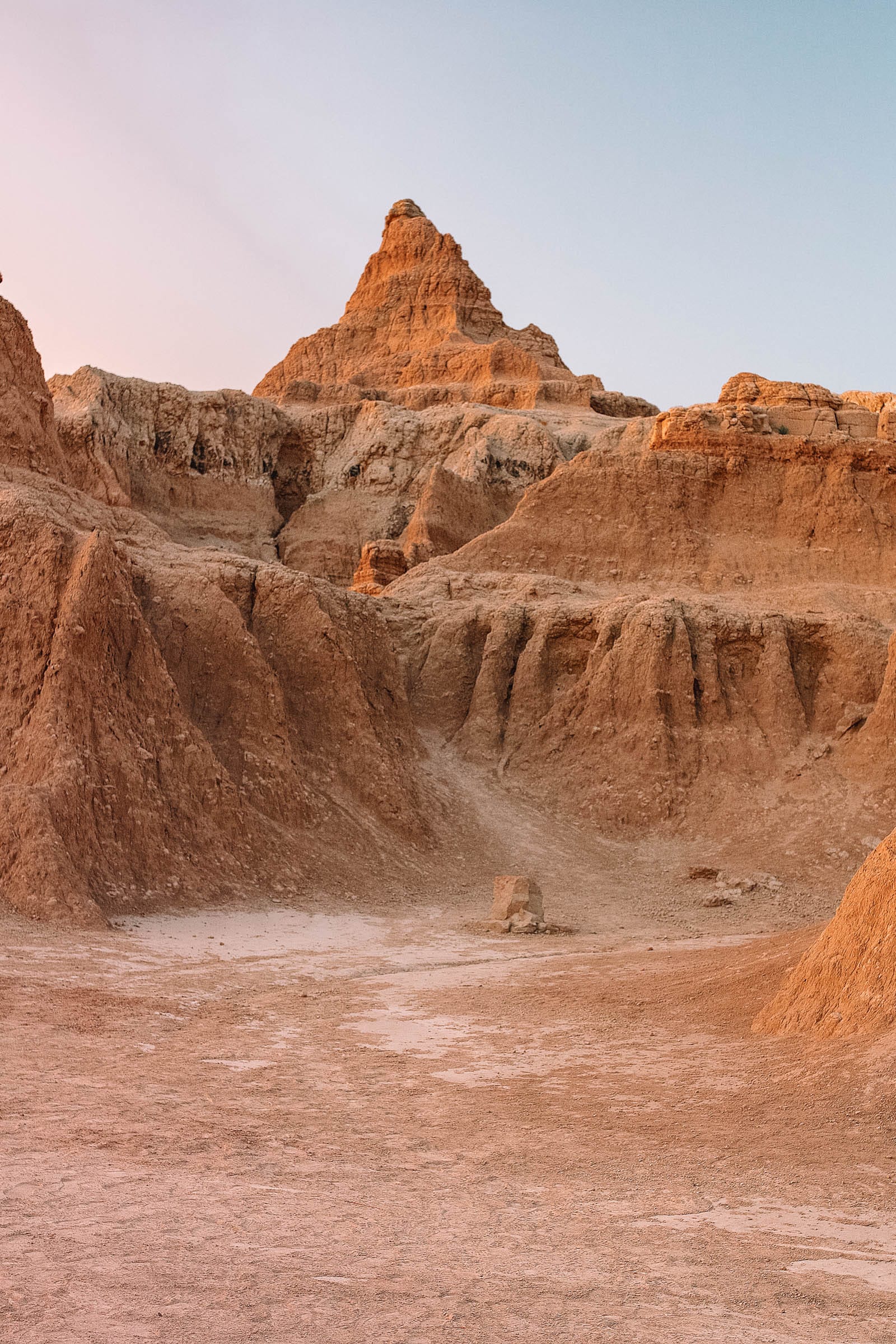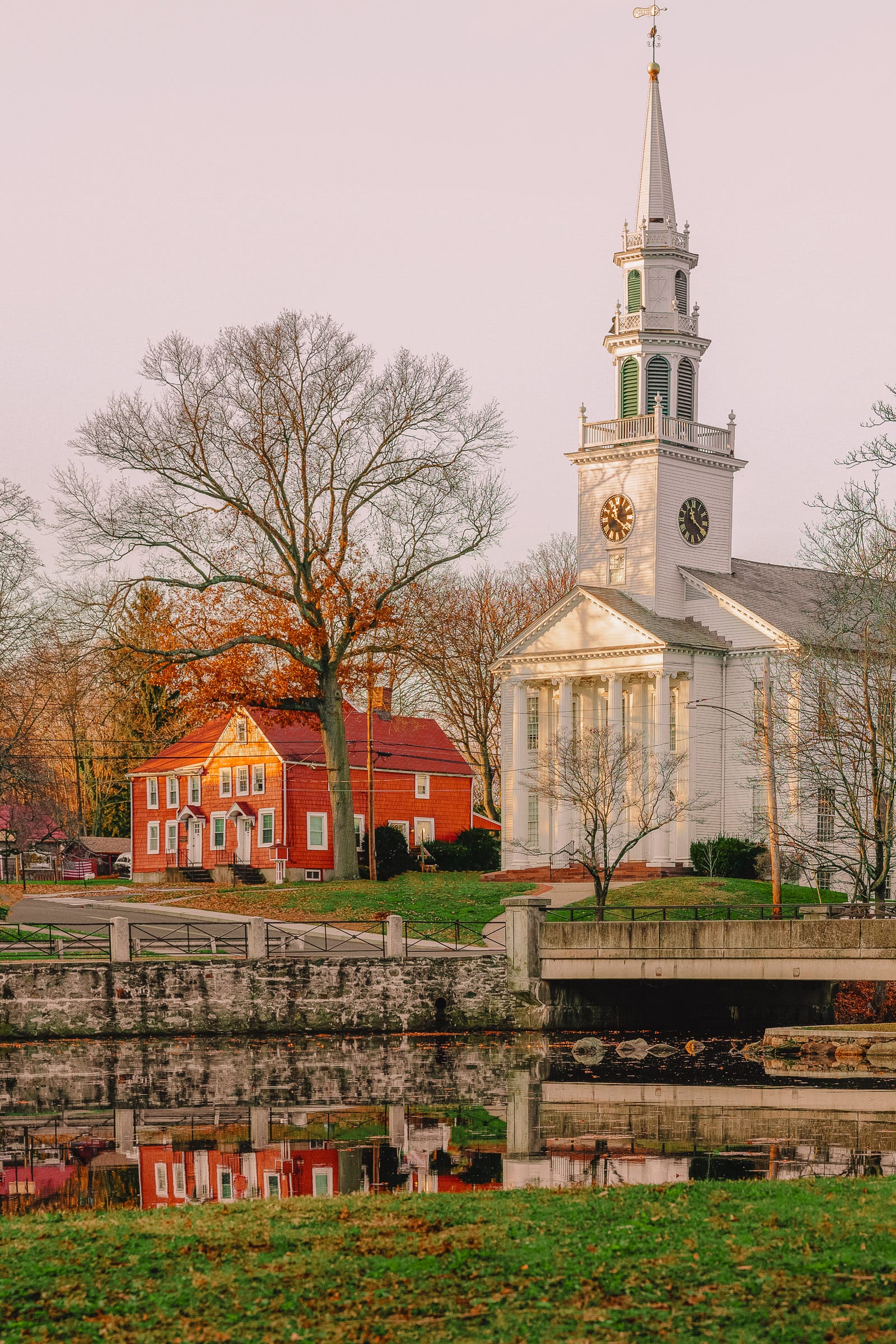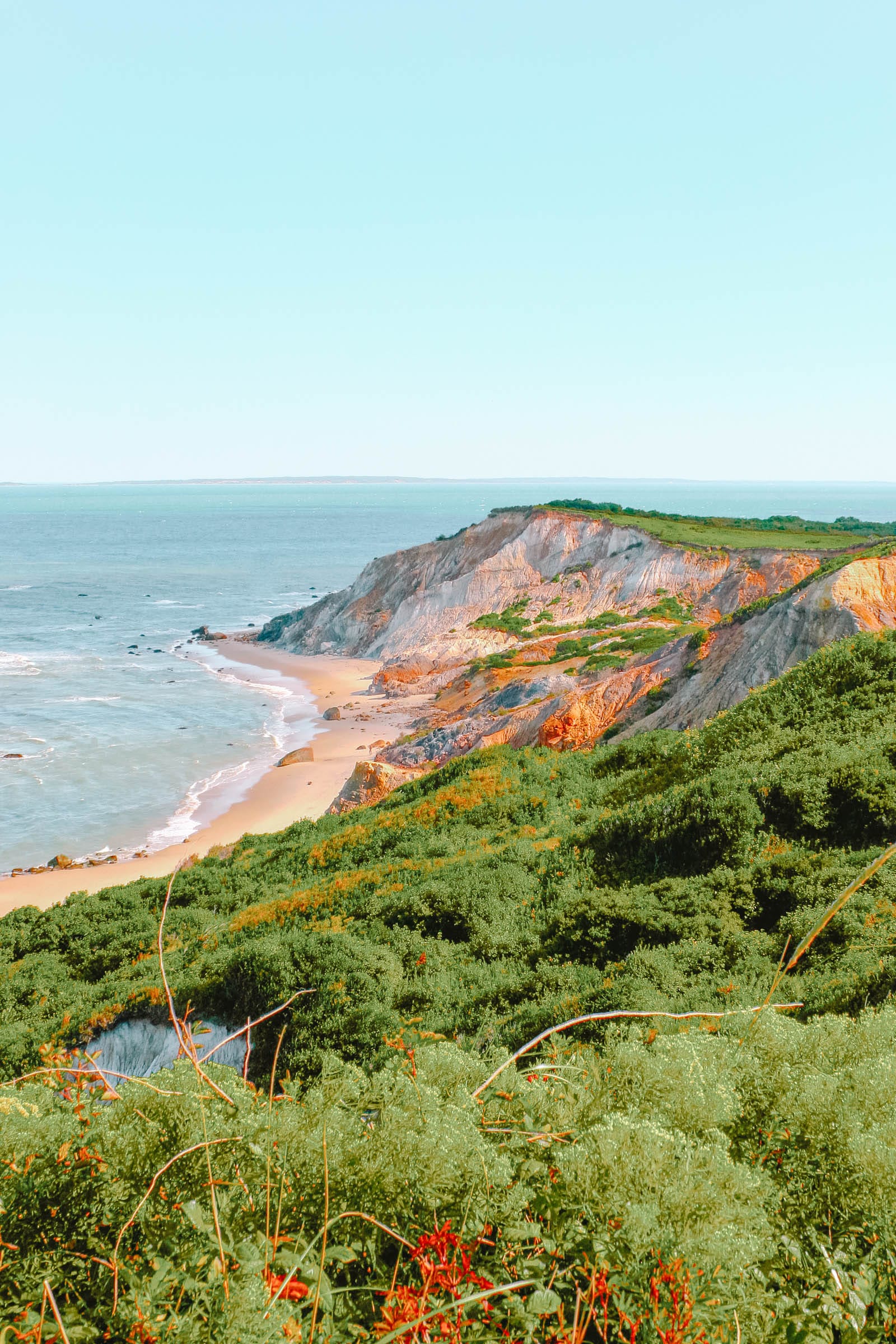Explore Family-Friendly Bolivia with GoTravelDaily
From basking in thermal rivers to exhilarating cable car rides, Bolivia offers a myriad of safe and enjoyable attractions for families. Discover breathtaking landscapes and engage in natural experiences during your family trip, ensuring everyone remains entertained. Here’s what you need to know for a successful trip to Bolivia with kids.
Is Bolivia Suitable for Kids?
Characterized by its off-the-beaten-path charm, Bolivia boasts uncrowded tourist sites, making it ideal for families traveling with multiple children. Essential items such as formula, baby food, and diapers can be found in urban areas. Most hotels cater to families, offering rooms that can accommodate extra beds or cradles.
While public facilities are somewhat limited, diaper-changing stations are typically available in airports, select bus stations, and mid-range to high-end eateries. Family-friendly squares and public parks abound in cities, although many streets may not be stroller-friendly. A robust stroller is recommended to navigate potholes and uneven pavements, or you might consider a baby carrier.
The public transport system, while cheap, can be congested and uncomfortable. Nevertheless, the local populace is generally accommodating and eager to assist families as needed.

Top Attractions in Bolivia for Kids
Bolivia is rich in natural wonders. Notably, the Aguas Calientes hot springs in Santa Cruz offer a top-notch experience for families. Additionally, the Uyuni Salt Flats provide a visually stunning adventure, particularly during the rainy season when reflections create a picturesque atmosphere.
Best Activities for Babies and Toddlers
Relax in the Hot Springs of Chiquitania
Located approximately 436 km east of Santa Cruz, Aguas Calientes features a shallow thermal water river, with depths below 75 cm and a temperature hovering around 38°C (100°F). Here, toddlers can explore nature safely while observing small fish. Family-friendly accommodations are available, making weekday visits more favorable when crowds are minimal.
Enjoy Bolivia’s Urban Parks
Bolivia’s expansive parks afford ample opportunities for family fun. Spend a day at the playground, nap under the trees, or savor a picnic. Parque Los Mangales in Santa Cruz is a favored spot among families, while Parque de la Familia in Cochabamba features exciting light shows and dancing waters in the evenings.
Visit a Local Farm
Several farms in Bolivia welcome families to interact with animals. Ranchito Feliz, just a short drive from Tarija’s main plaza, offers kids a delightful experience feeding chickens, sheep, rabbits, and horses. Access costs about US$1, with advance bookings recommended.

Best Experiences for Older Kids and Teens
Visit the Iconic Uyuni Salt Flats
The Uyuni Salt Flats, especially during the rainy season from December to February, are a stunning sight. The breathtaking sunset and shimmering night sky create perfect opportunities for capturing amazing photos for social media.
Hike in Moon Valley
Located just 10 km from La Paz, Valle de la Luna features unique geological formations reminiscent of lunar craters. There are two hiking circuits available, ranging from 15 to 45 minutes, providing fantastic views of the landscape.
Stay in Amboró National Park
For a wilderness adventure, consider staying at Refugio de Los Volcanes in Amboró National Park. This lodge, situated about 68 km from Santa Cruz, has numerous hiking trails, waterfalls, and natural pools, making it an unforgettable experience.
Explore the Amazon Jungle
A bucket-list adventure for teens involves exploring the Amazon. Departing from Rurrenabaque, a three-day wildlife safari by canoe offers opportunities to spot various birds, monkeys, and even pink dolphins. Prices generally start around US$150 per person per night, inclusive of accommodation, food, and transport.
Travel Tips for Families
For families traveling with only one parent in Bolivia, obtaining a permit from the Ombudsman’s Office is necessary. This office, located in each city (often in bus stations), issues permits free of charge and is valid for multiple trips within one to three months. Although it may not be necessary for all journeys, it is wise to carry it alongside other travel documents, particularly for air travel.




